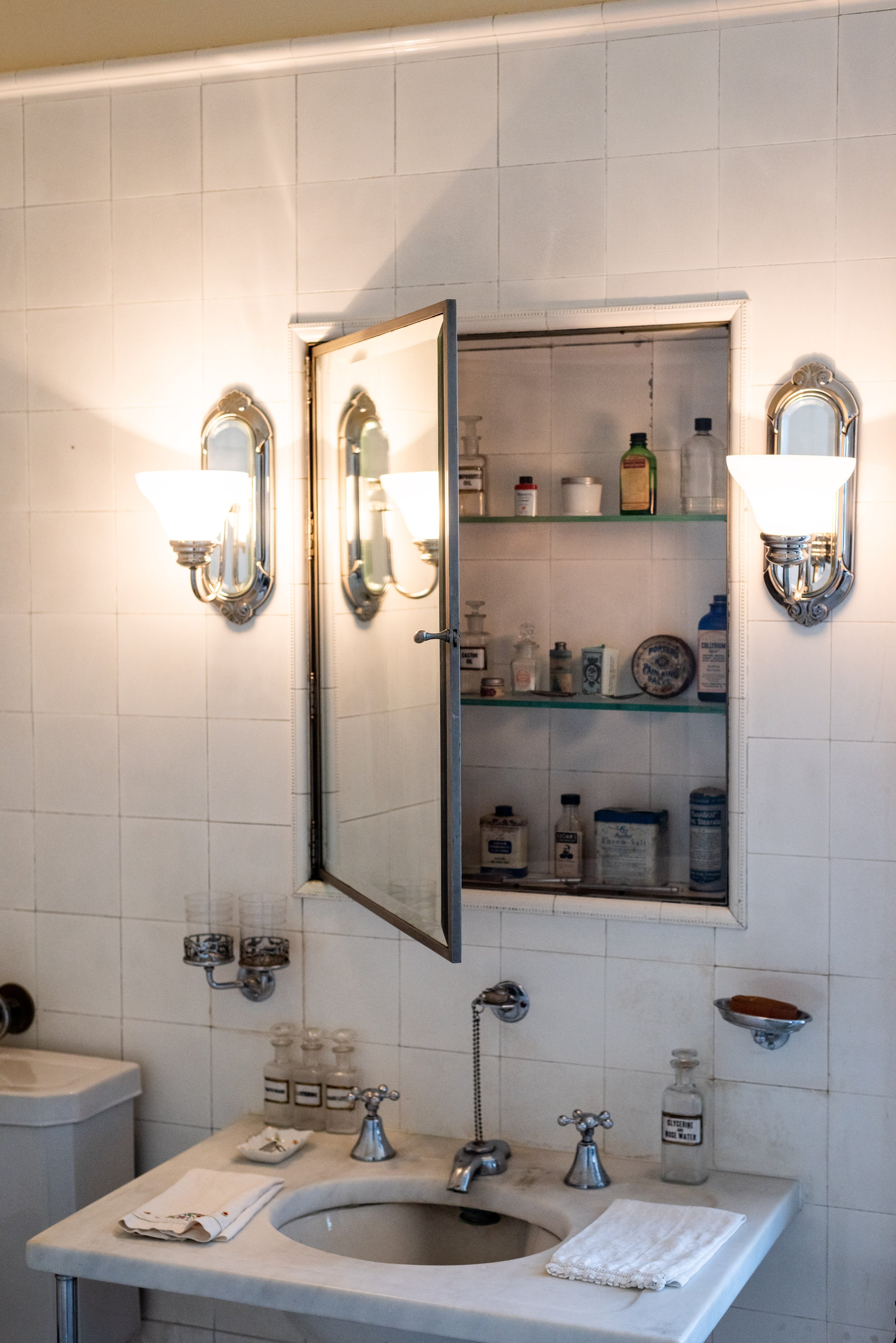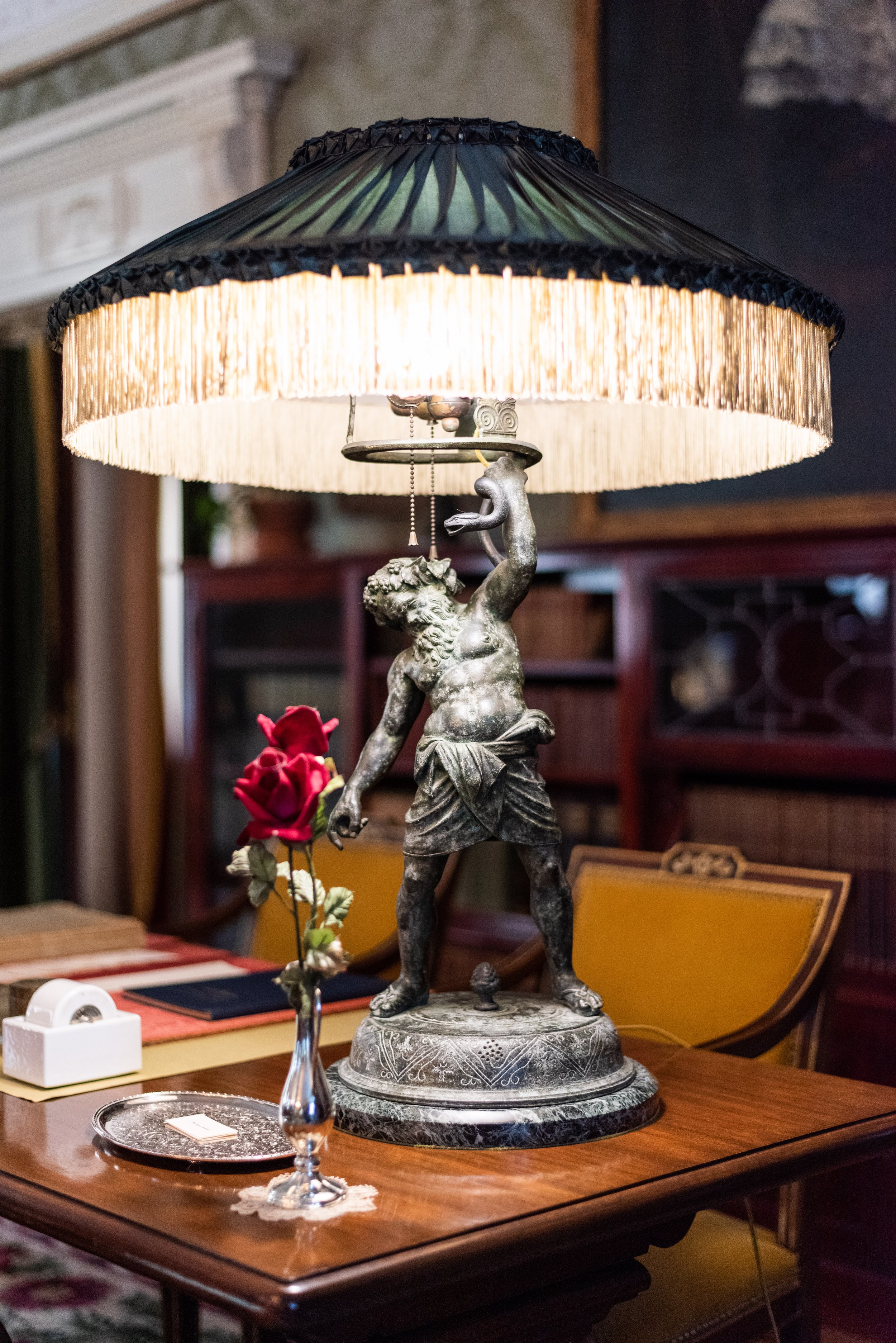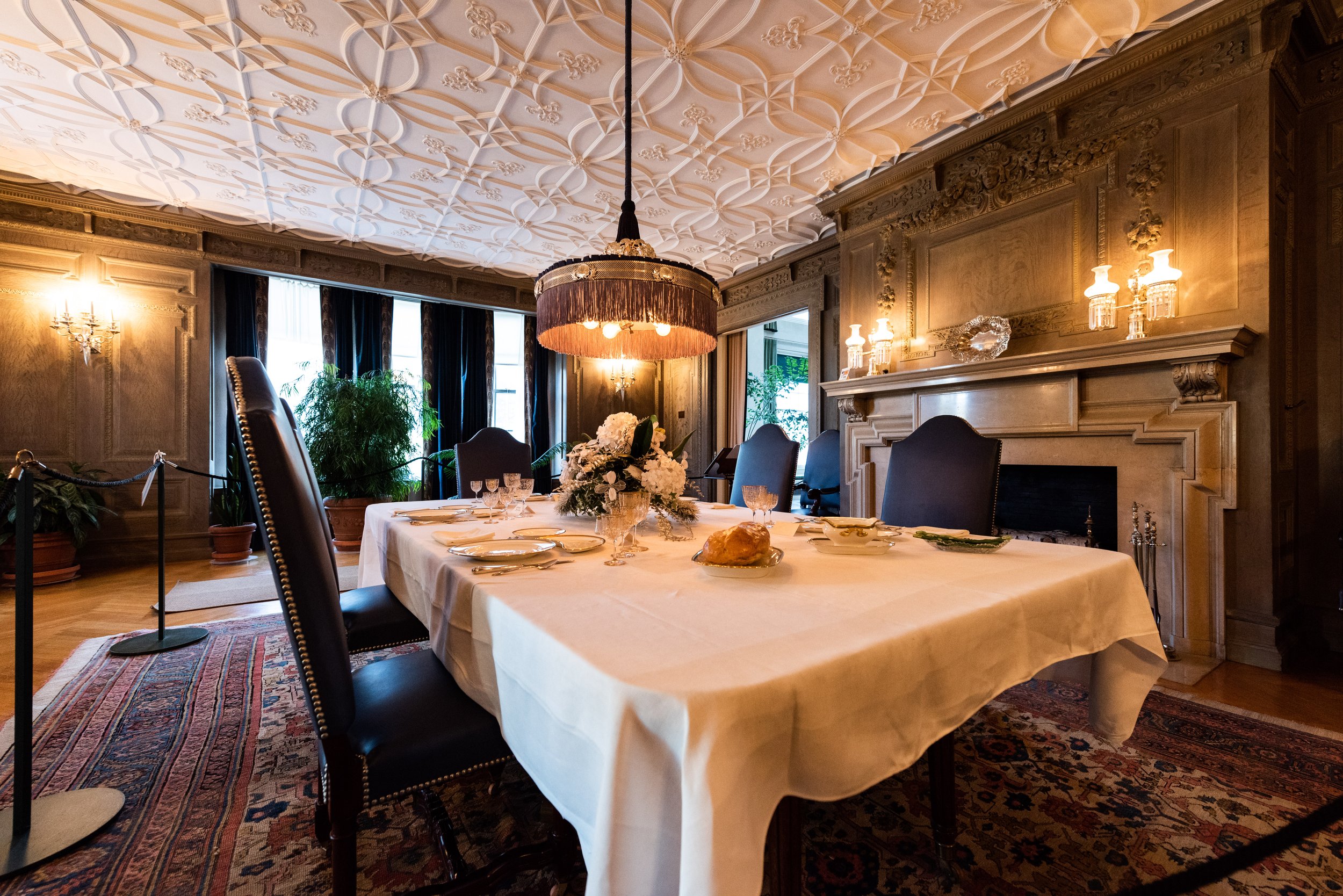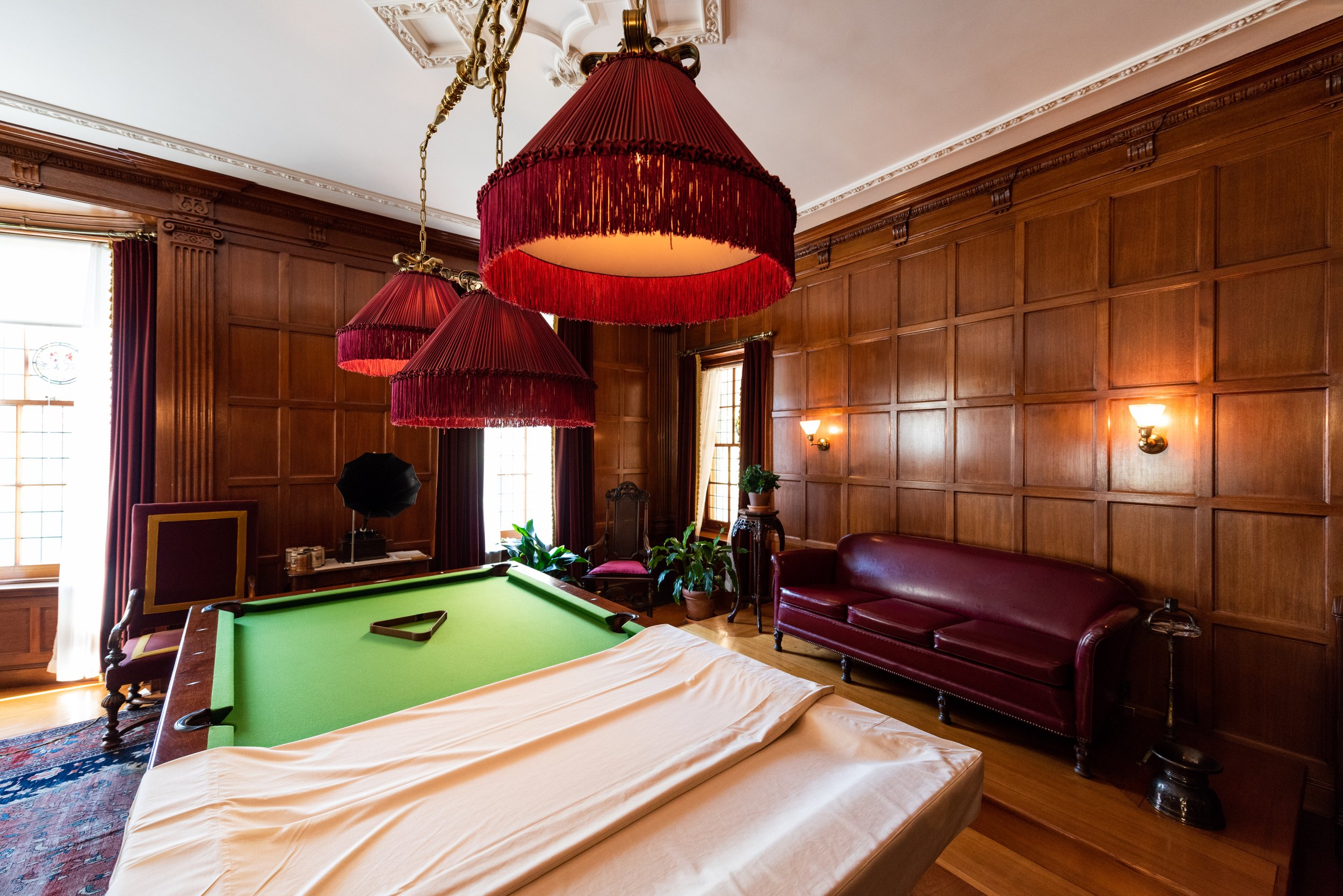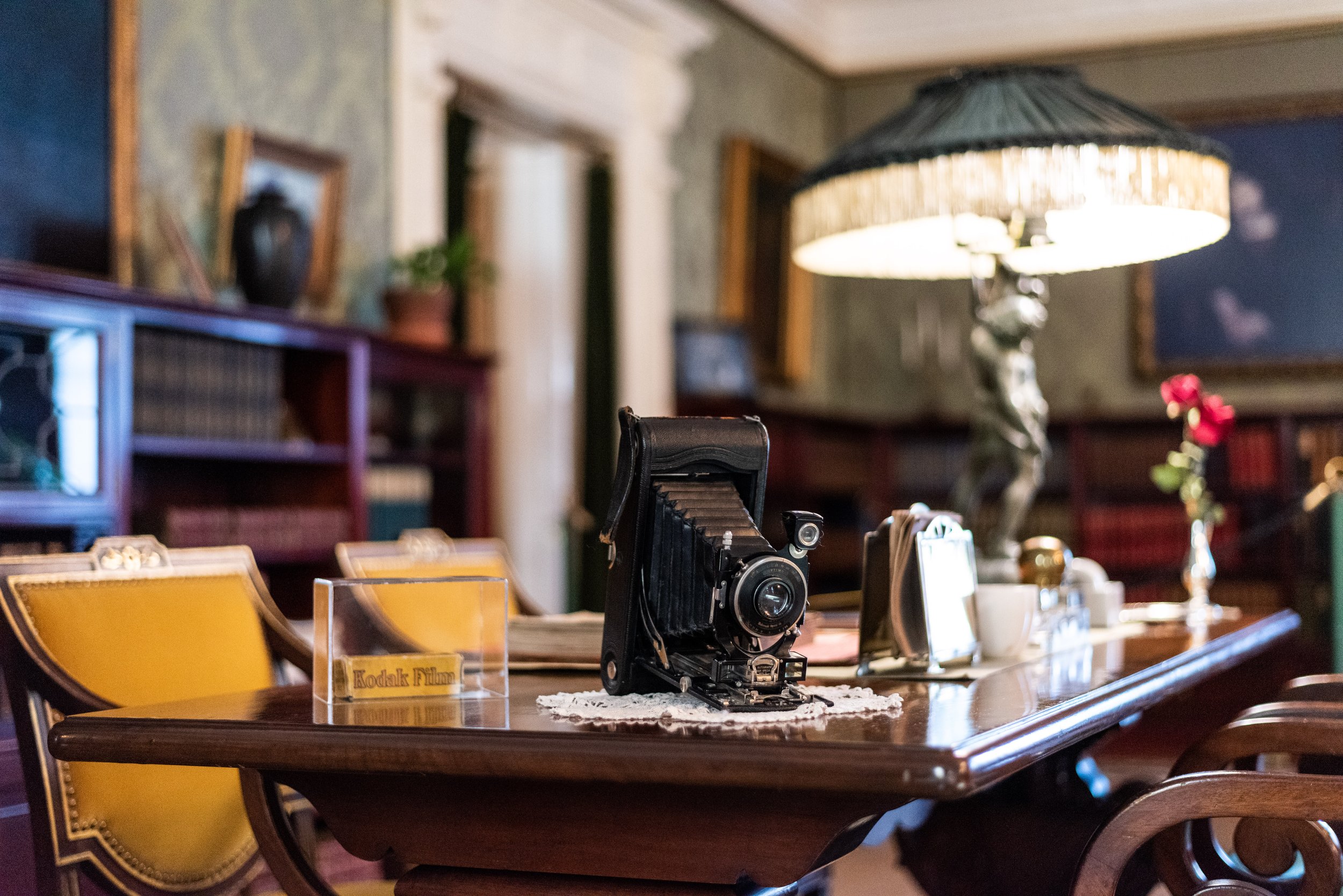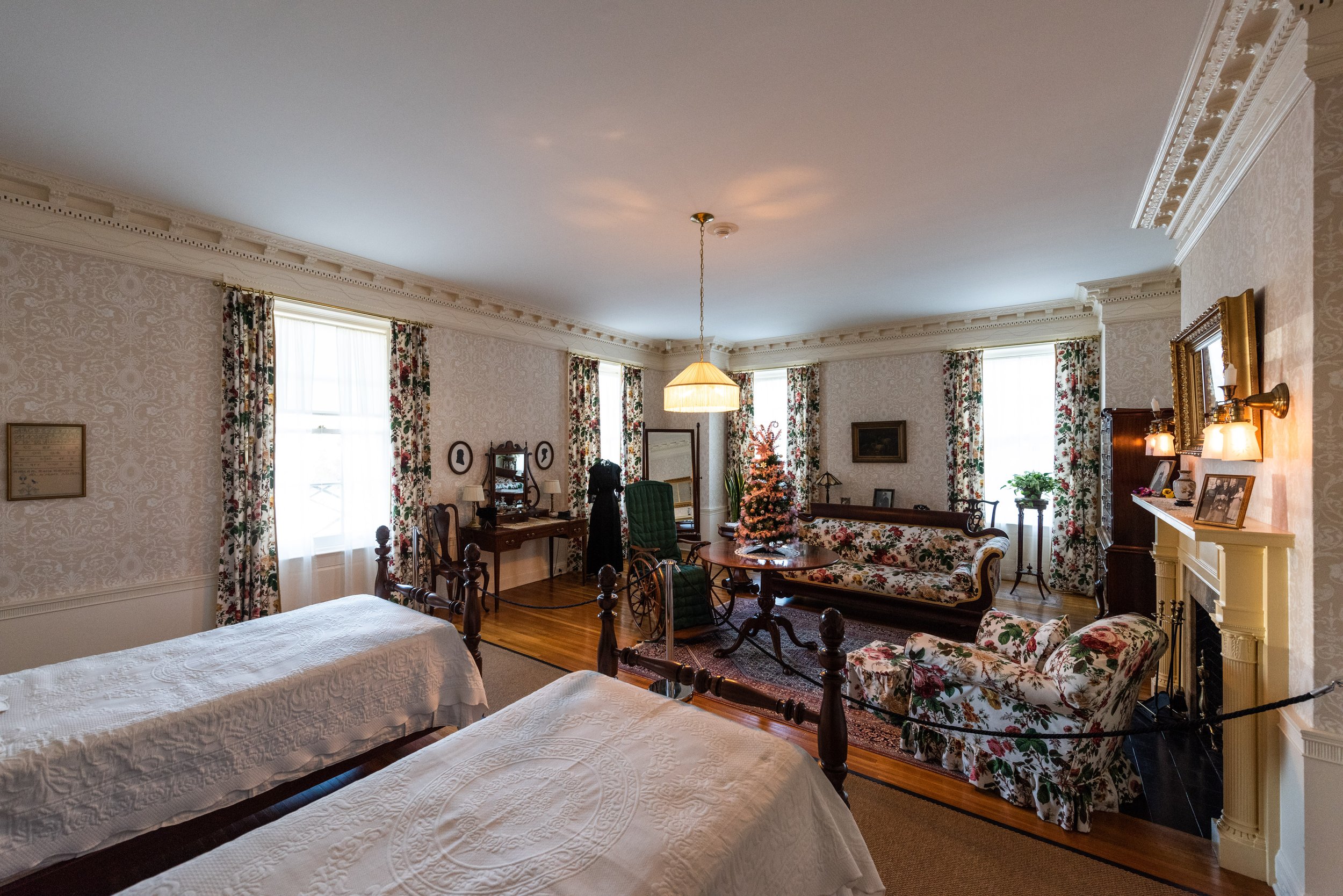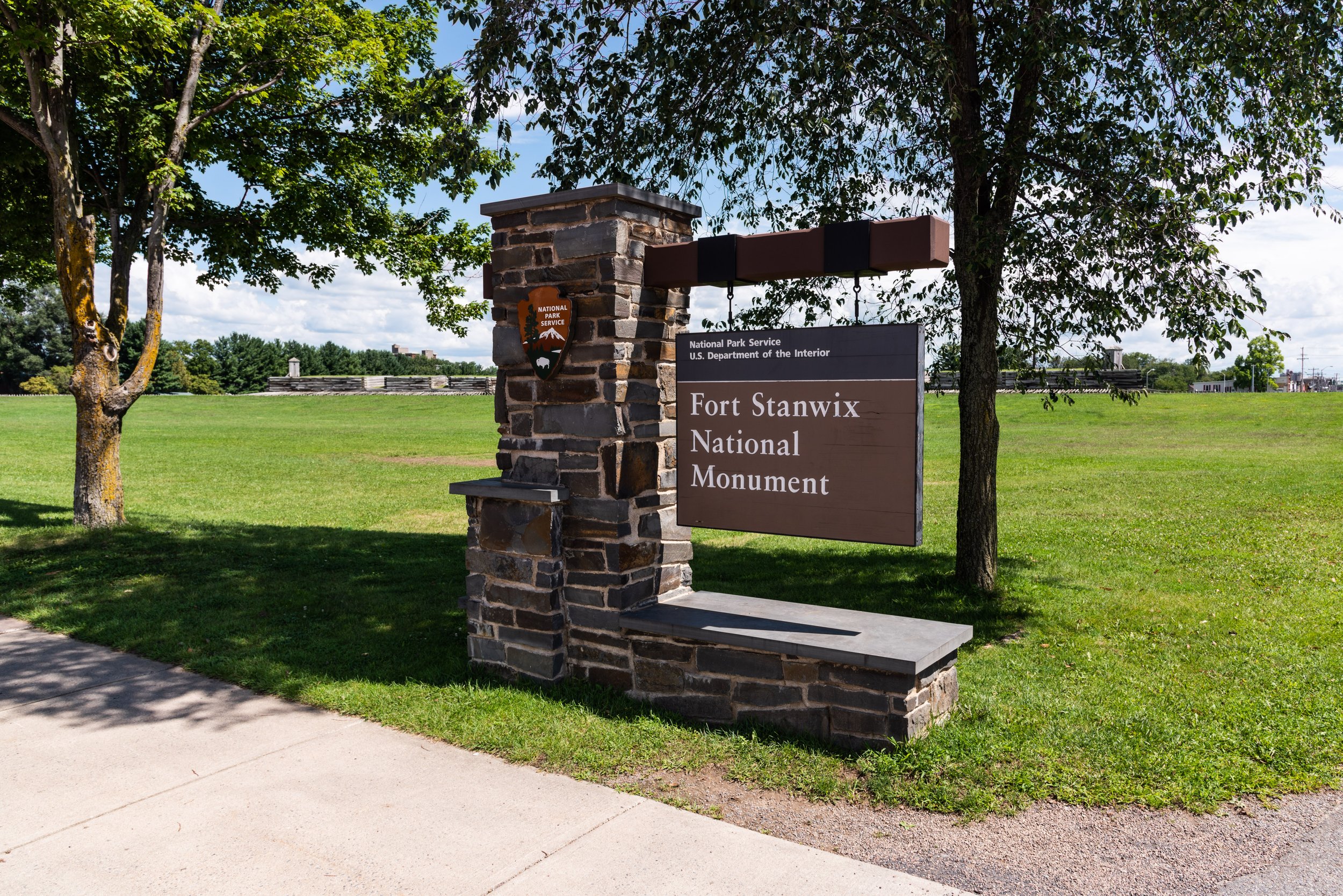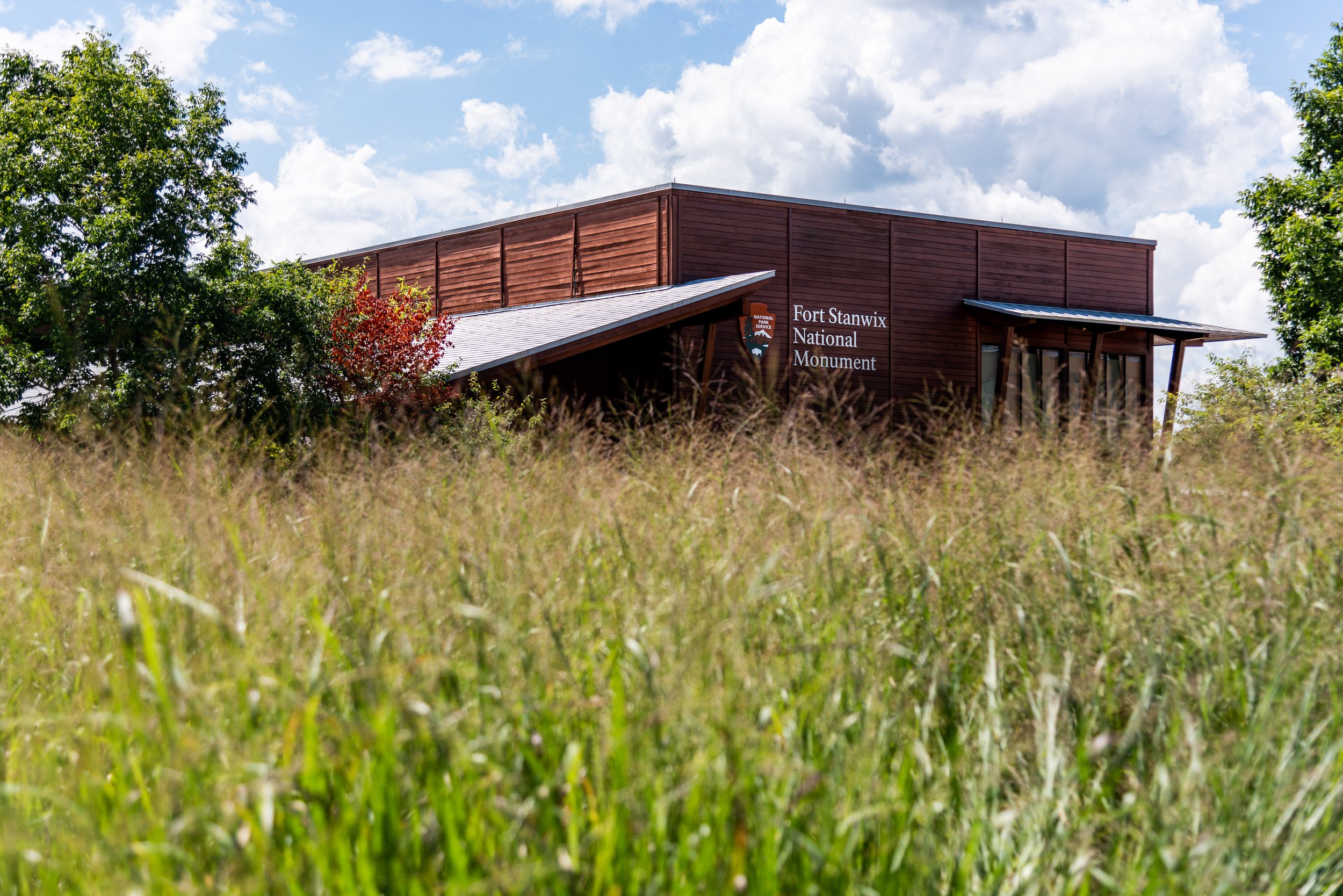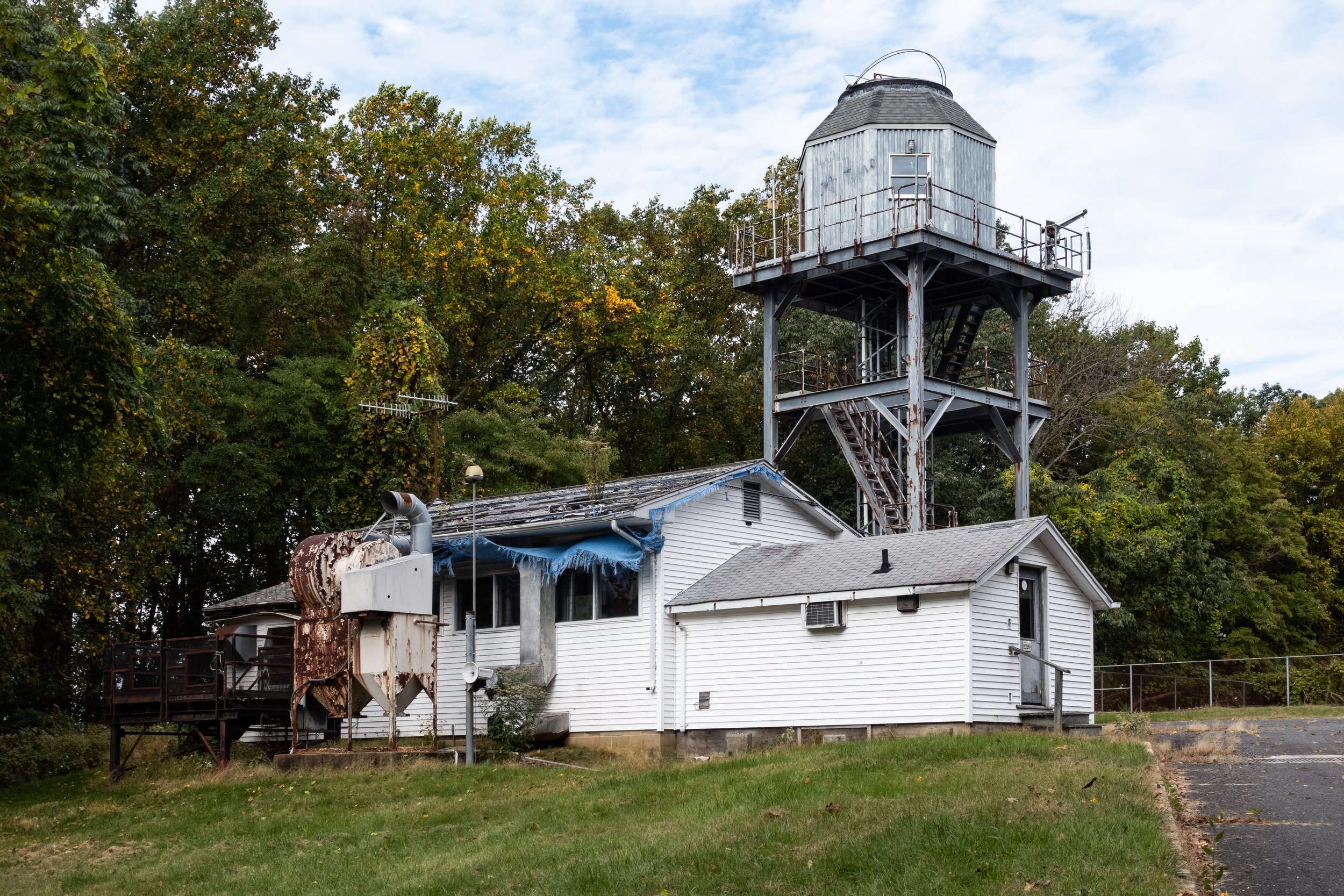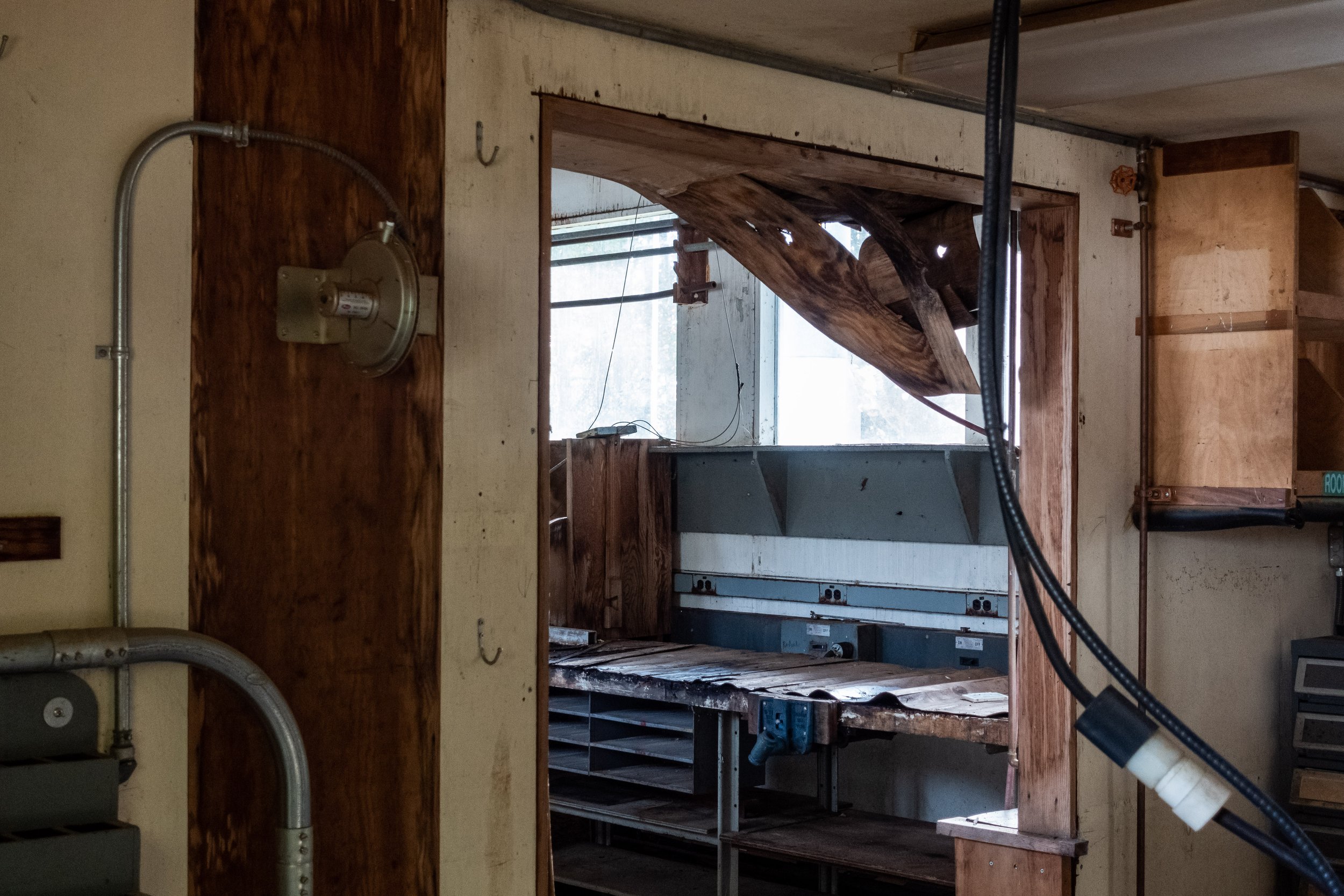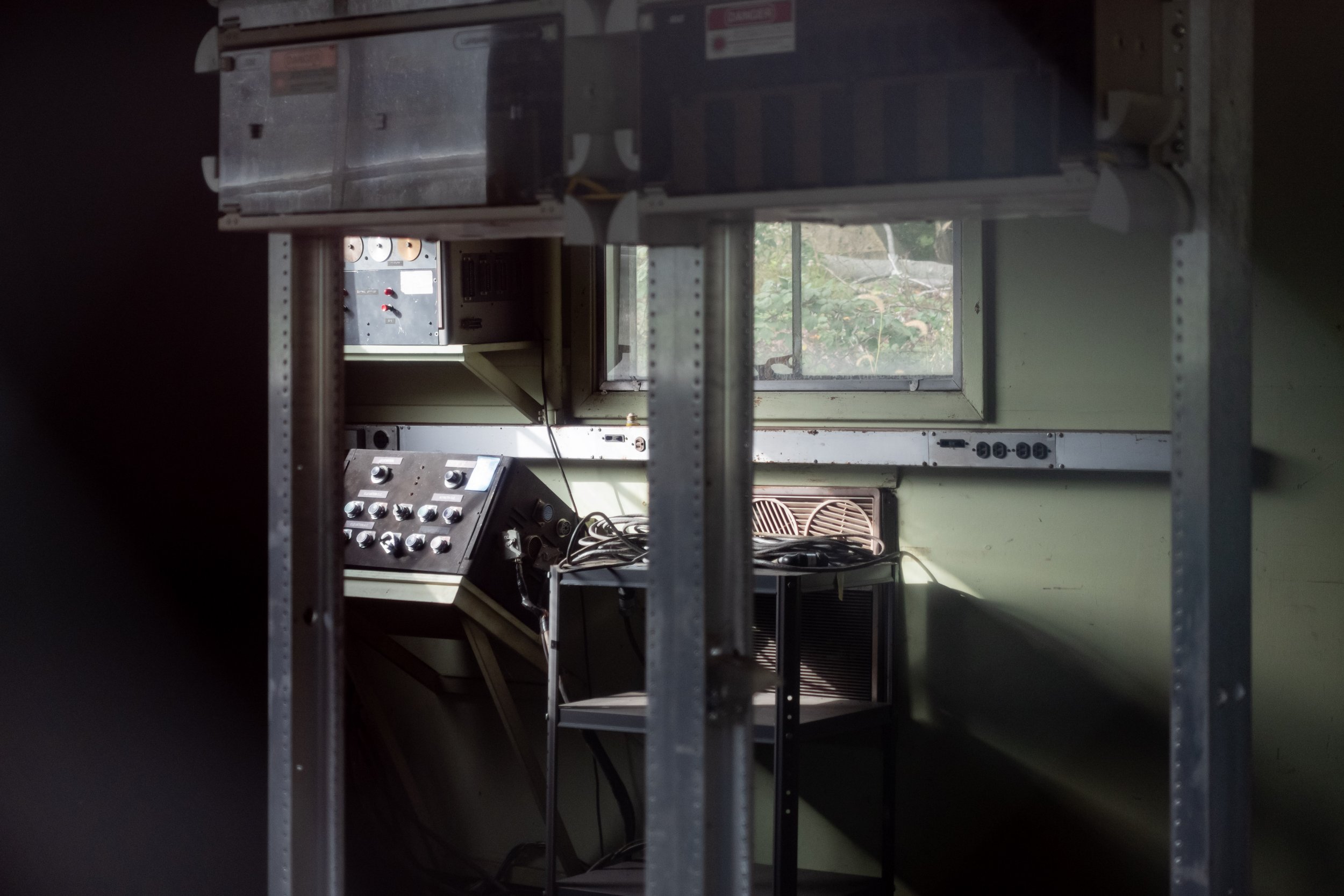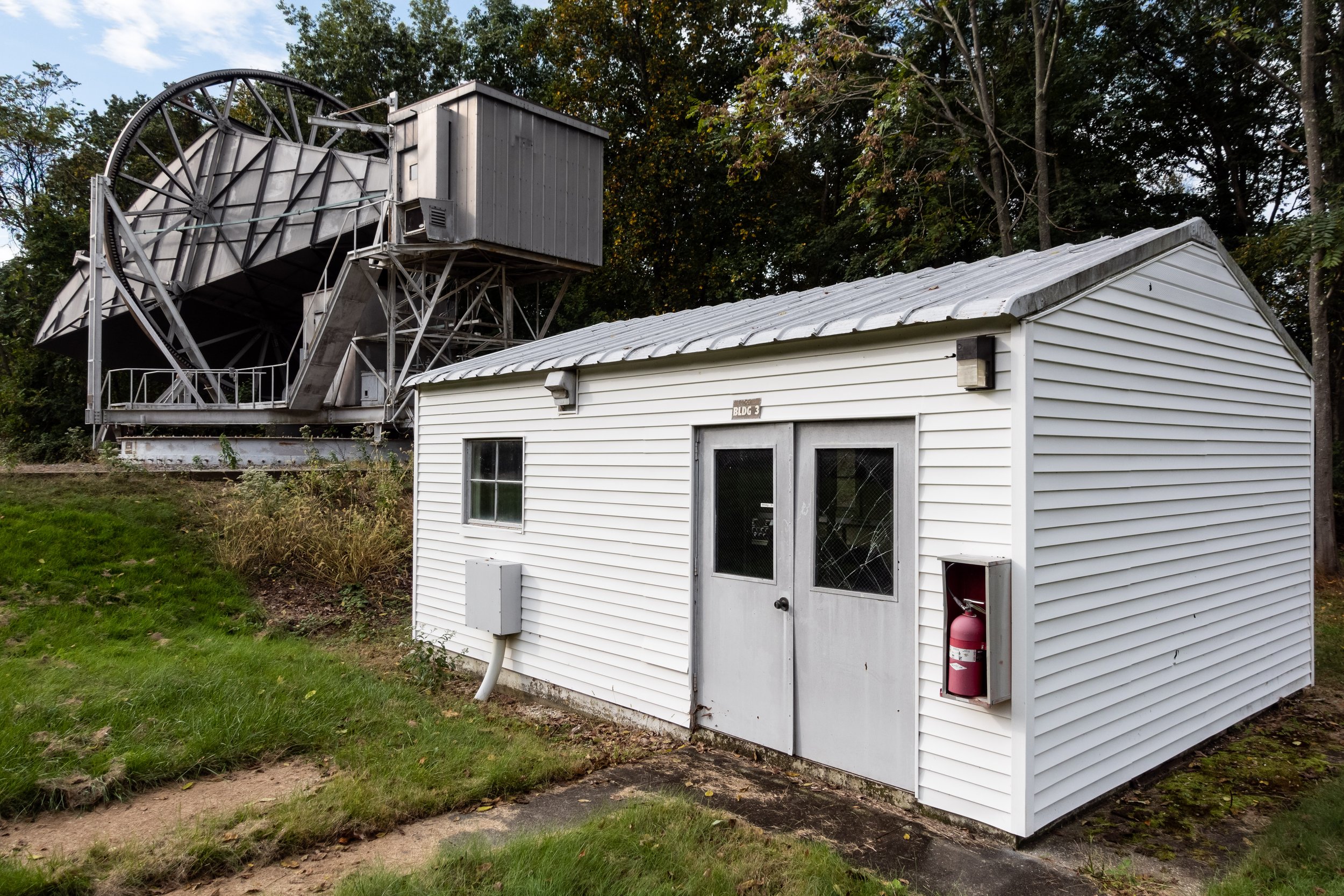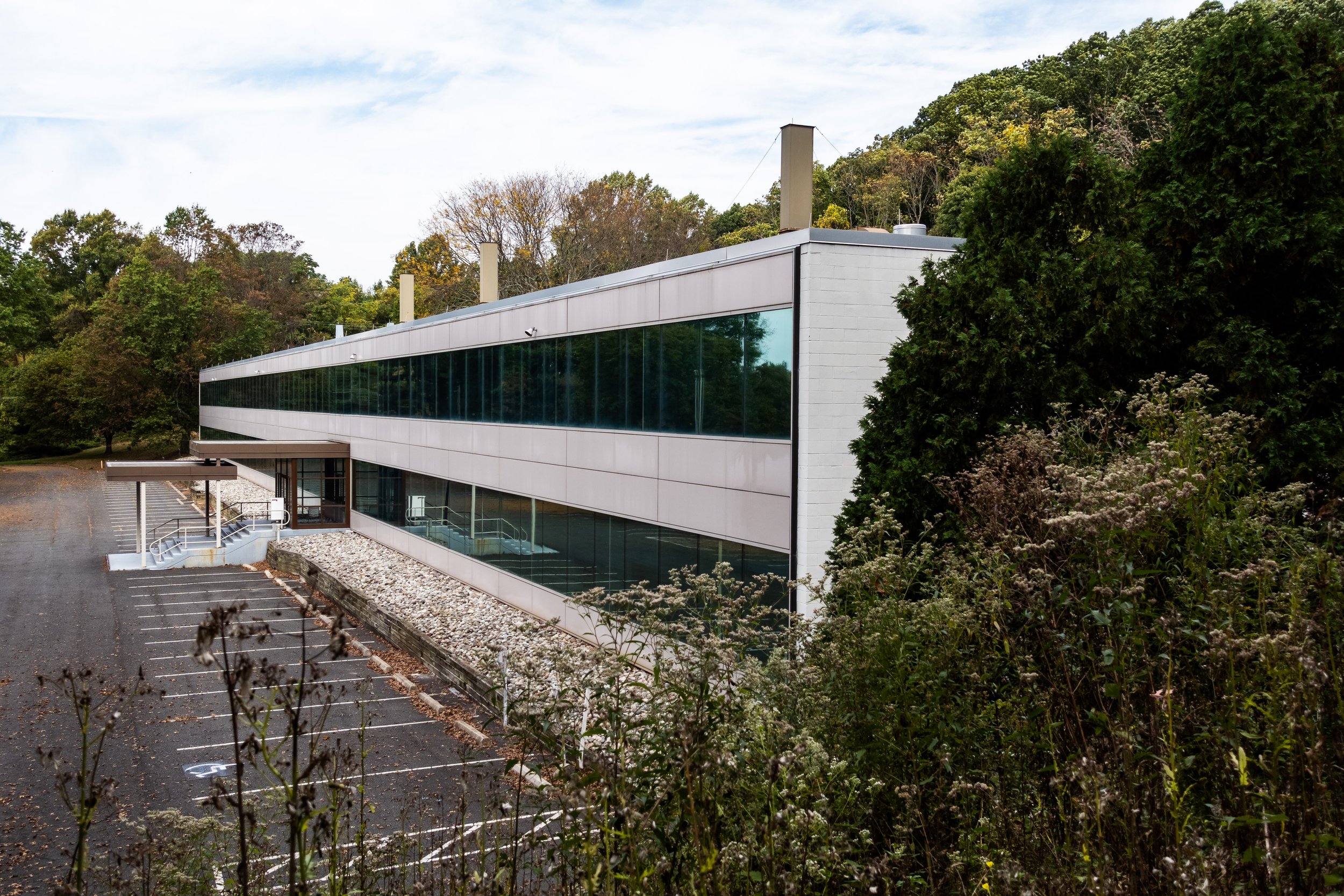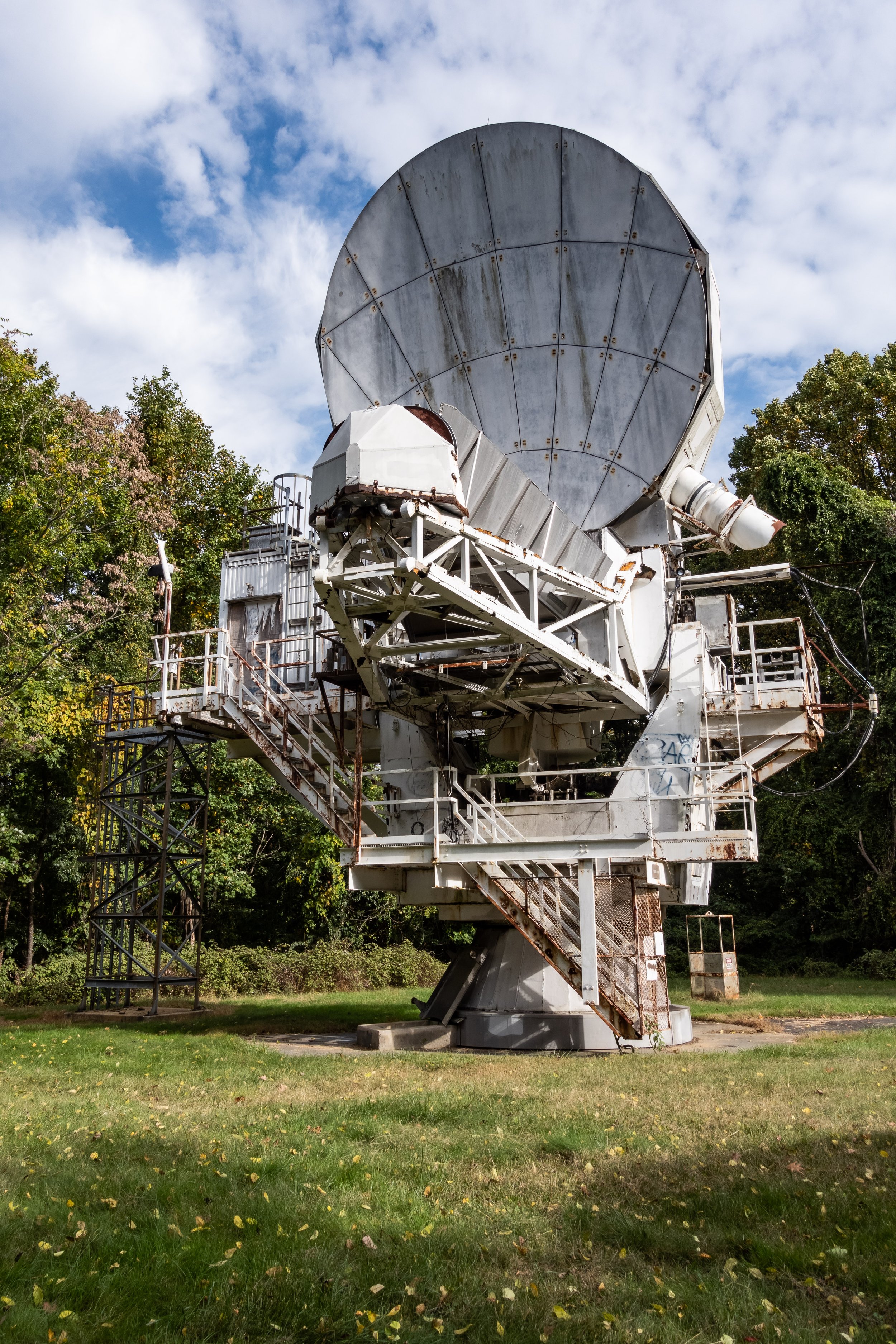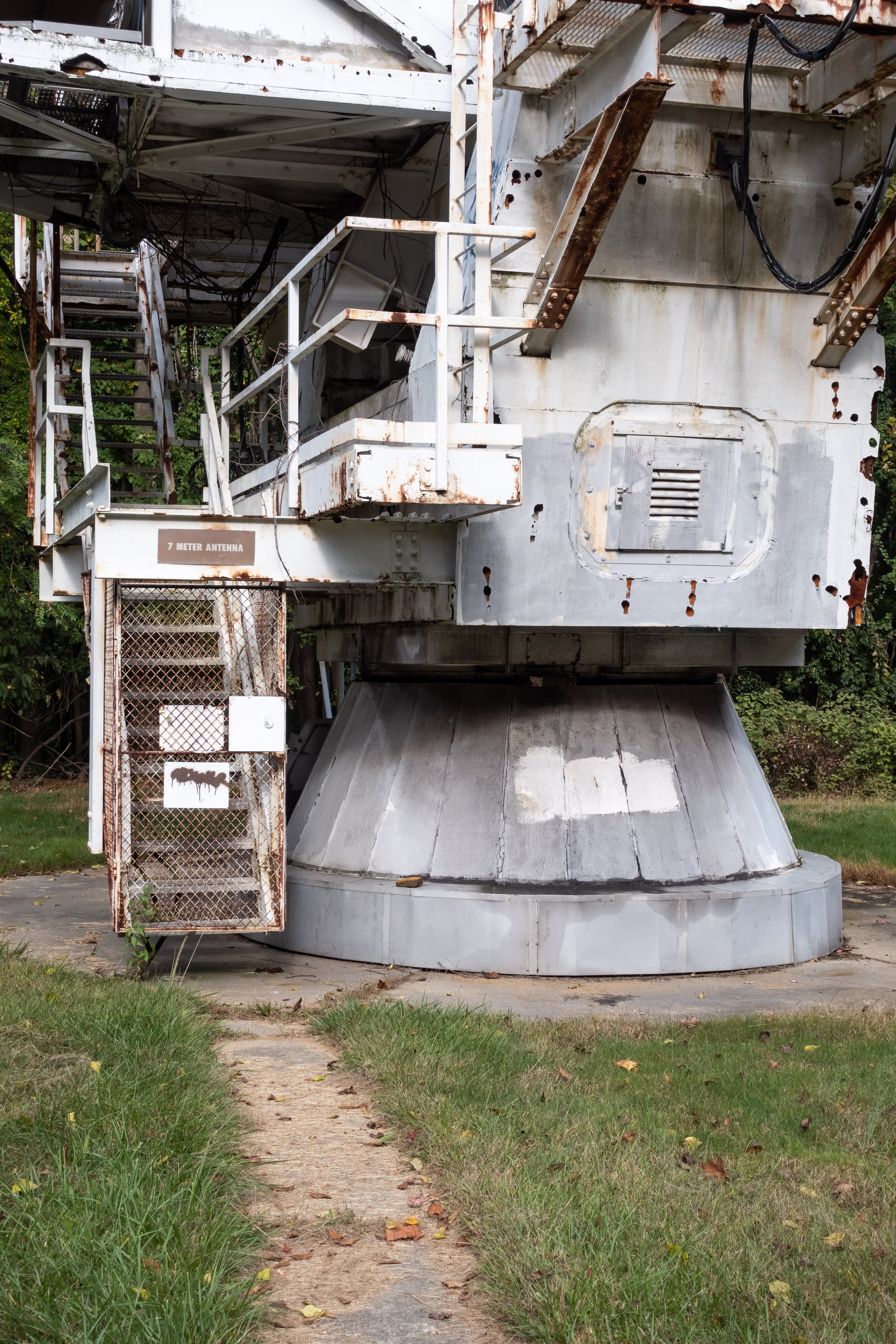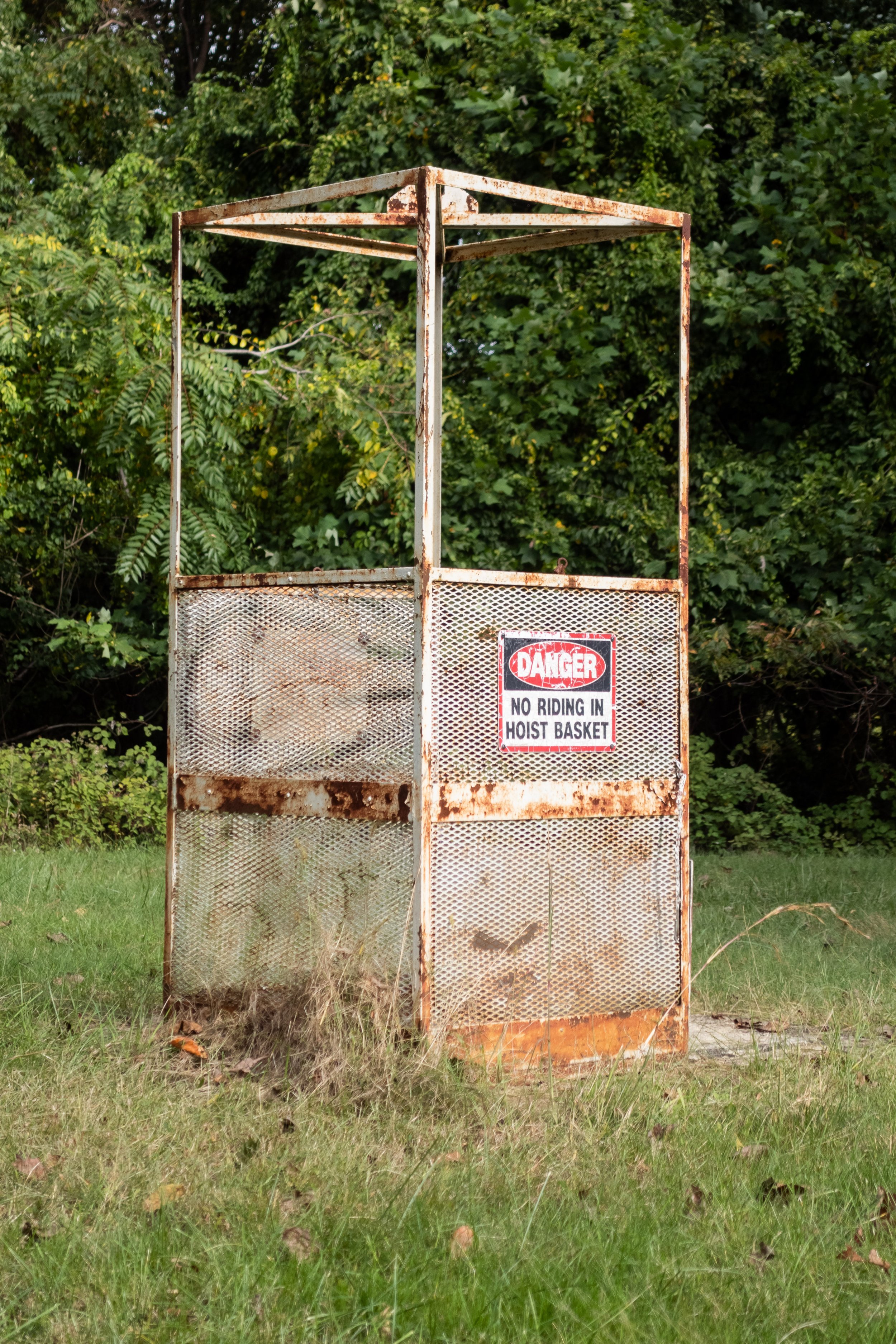I’ve been spending an increasing amount of time in Rochester between visiting the George Eastman Museum, working on my upcoming Kodak series, and exploring the city in general. The George Eastman Museum occupies the original mansion George Eastman lived in until his death in 1932 and is one of my favorite places to visit in Rochester. The mansion was bequeathed to the University of Rochester but was turned over to the George Eastman House museum and became it’s permanent home in 1949. The mansion was built in the Georgian Revival style by Mr. Eastman with all the modern conveniences of the day: electricity, telephones, a central vacuum system, an elevator, and a massive Aeolian pipe organ. Fun fact about the organ - the Aeolian Organ Company’s manufacturing plant was just down the rail line from where I grew up. Located in Garwood, NJ, it was torn down recently for apartments as part of the building craze that seems to be impacting all towns along NJ Transit’s Raritan Valley line. The castle-like facade with the carved stone “Aeolian Organ Company” signage looks to be preserved though, while the apartments themselves haven’t made much progress.
George Eastman, worth millions at the time of his death, spared no expense in the construction of his estate. While he never married, he was incredibly close with his mother Maria and she lived with him until her death in 1907. Given she spend the last two years of her life in a wheelchair and Eastman himself suffered from debilitating pain late in life, the elevator was an undoubtedly useful feature. Small details like the ornate inlaid stained glass depicting different modes of transportation including cars, steam ships, and hot air balloons adorn the windows of the billiard room. Painted murals of animals seen on Eastman’s exotic hunting expeditions trim the built-in bookcases of the library. I found the conservatory, flooded with natural light, particularly spectacular. The space consumes both floors of the building and is notable for a mounted elephant head, likely a trophy acquired by Eastman’s himself. Outside the mansion are multiple gardens, which I hope to visit when the plants are in bloom and the renovation of the east lawn are completed.



